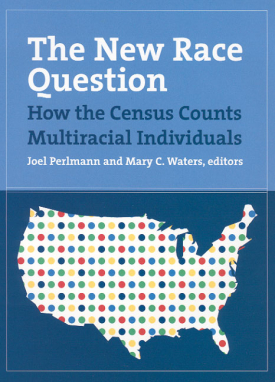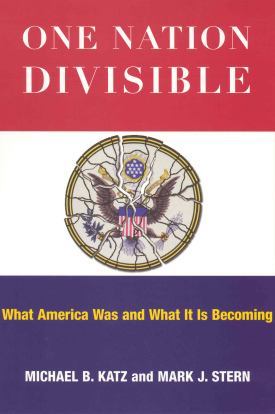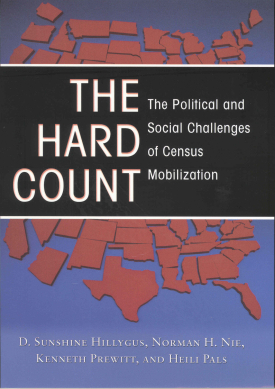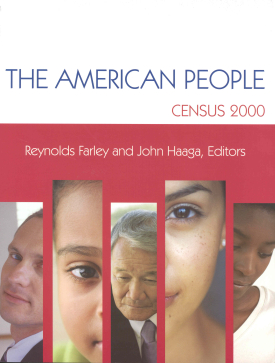
The New Race Question
About This Book
The change in the way the federal government asked for information about race in the 2000 census marked an important turning point in the way Americans measure race. By allowing respondents to choose more than one racial category for the first time, the Census Bureau challenged strongly held beliefs about the nature and definition of race in our society. The New Race Question is a wide-ranging examination of what we know about racial enumeration, the likely effects of the census change, and possible policy implications for the future.
The growing incidence of interracial marriage and childrearing led to the change in the census race question. Yet this reality conflicts with the need for clear racial categories required by anti-discrimination and voting rights laws and affirmative action policies. How will racial combinations be aggregated under the Census's new race question? Who will decide how a respondent who lists more than one race will be counted? How will the change affect established policies for documenting and redressing discrimination? The New Race Question opens with an exploration of what the attempt to count multiracials has shown in previous censuses and other large surveys. Contributor Reynolds Farley reviews the way in which the census has traditionally measured race, and shows that although the numbers of people choosing more than one race are not high at the national level, they can make a real difference in population totals at the county level. The book then takes up the debate over how the change in measurement will affect national policy in areas that rely on race counts, especially in civil rights law, but also in health, education, and income reporting. How do we relate data on poverty, graduation rates, and disease collected in 2000 to the rates calculated under the old race question? A technical appendix provides a useful manual for bridging old census data to new.
The book concludes with a discussion of the politics of racial enumeration. Hugh Davis Graham examines recent history to ask why some groups were determined to be worthy of special government protections and programs, while others were not. Posing the volume's ultimate question, Jennifer Hochschild asks whether the official recognition of multiracials marks the beginning of the end of federal use of race data, and whether that is a good or a bad thing for society?
The New Race Question brings to light the many ways in which a seemingly small change in surveying and categorizing race can have far reaching effects and expose deep fissures in our society.
JOEL PERLMANN is senior scholar and research professor at the Levy Economics Institute, Bard College.
MARY C. WATERS is professor of sociology, Harvard University.
Copublished with the Levy Economics Institute
A Volume in the RSF Census Series



